Sometimes stormy beaches are just as interesting as stormy seas. Can you spot the prevalent wind direction below? ;-)

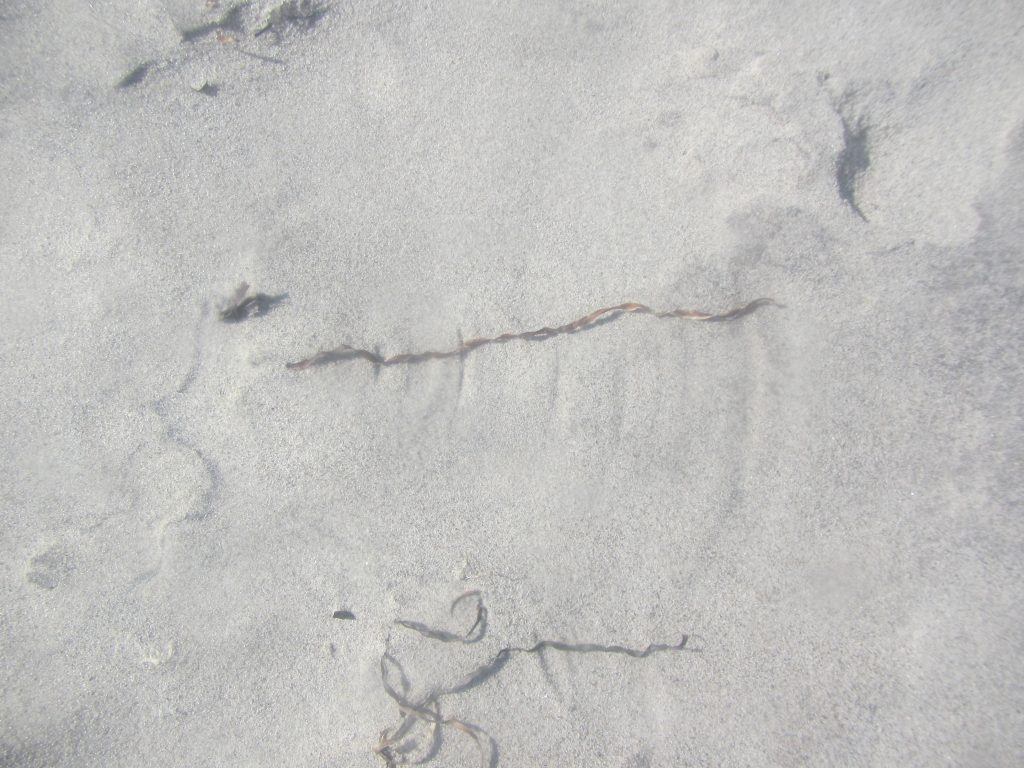
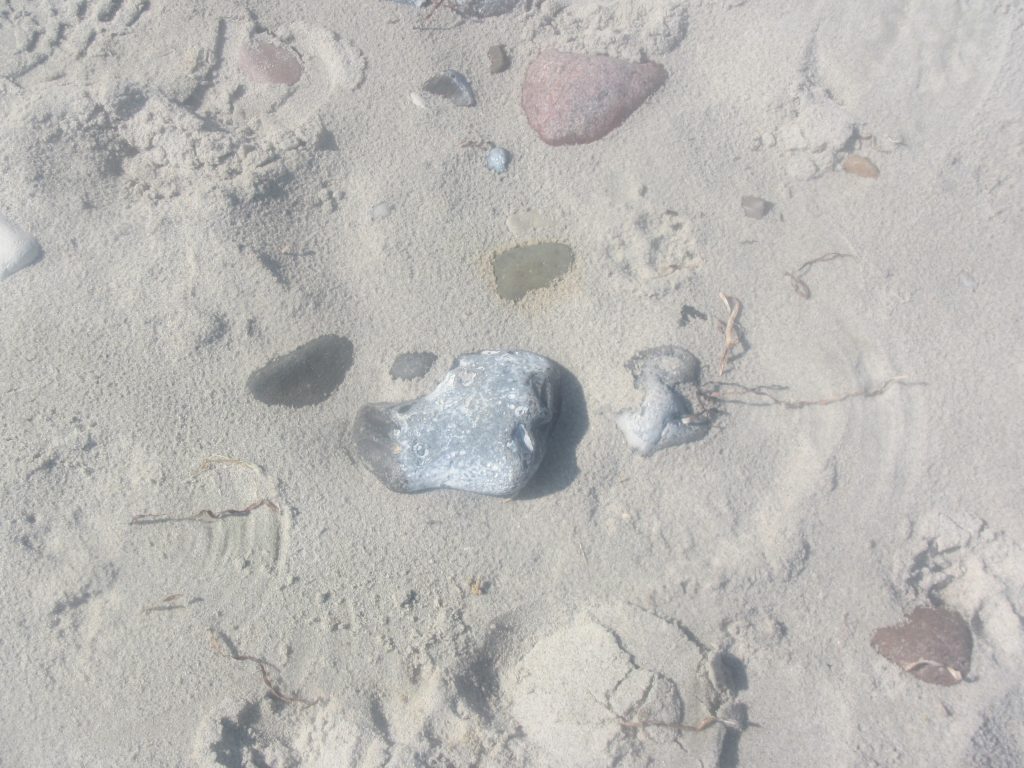
Sometimes stormy beaches are just as interesting as stormy seas. Can you spot the prevalent wind direction below? ;-)



Another boundary layer experience last week: On my way from work I stopped to take pictures of flags that were outside my university’s main building and that very nicely visualised the wind field (as flags tend to do).
If you just look at the flags, they look weird — they wind field was clearly not changing over time, yet the flags were at a weird angle to each other.
And in the next picture you see why: Because the air had to flow around an obstacle, so stream lines were bunching up.
The next morning, I went past there again and stopped to take more pictures, when a colleague of mine stopped next to me, looking a little puzzled that I was taking pictures of our not especially nice main building.

I explained what I was doing, and we got talking about how you see the world with completely new eyes once you have noticed, or have been shown, something tiny. Isn’t that exciting? :-)
Shelter from the storm, no, shelter from the breeze.
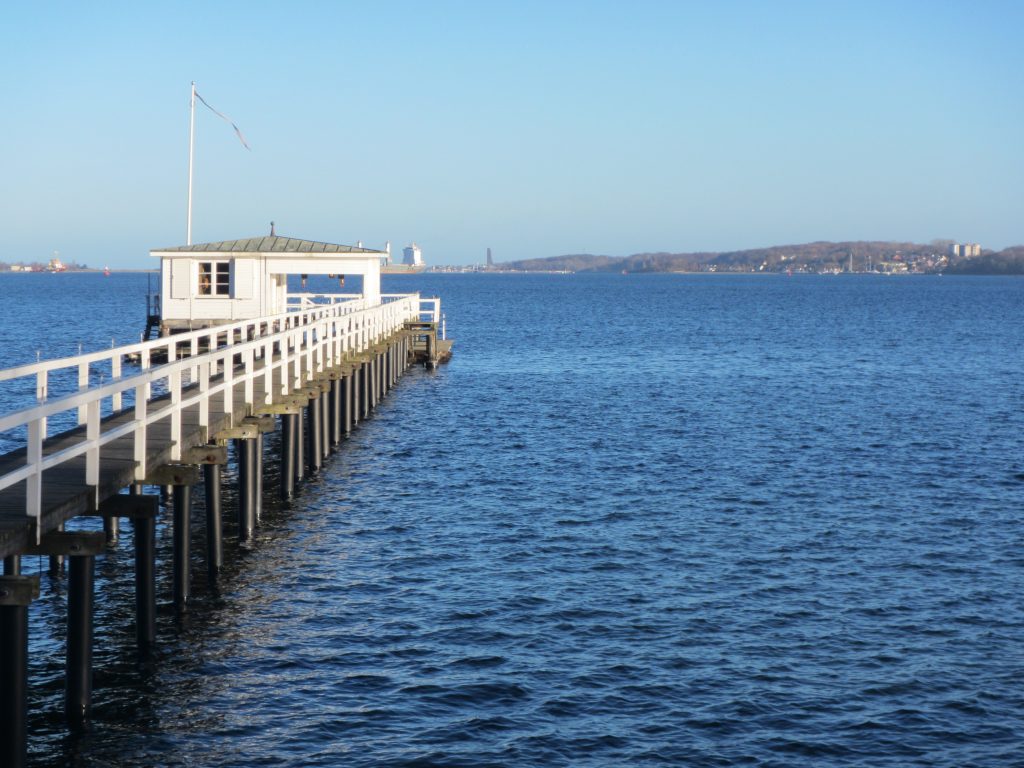
But we clearly see the sheltering effect of that boat shed on the wind waves… Same thing below. And wasn’t that a beautiful day :-)
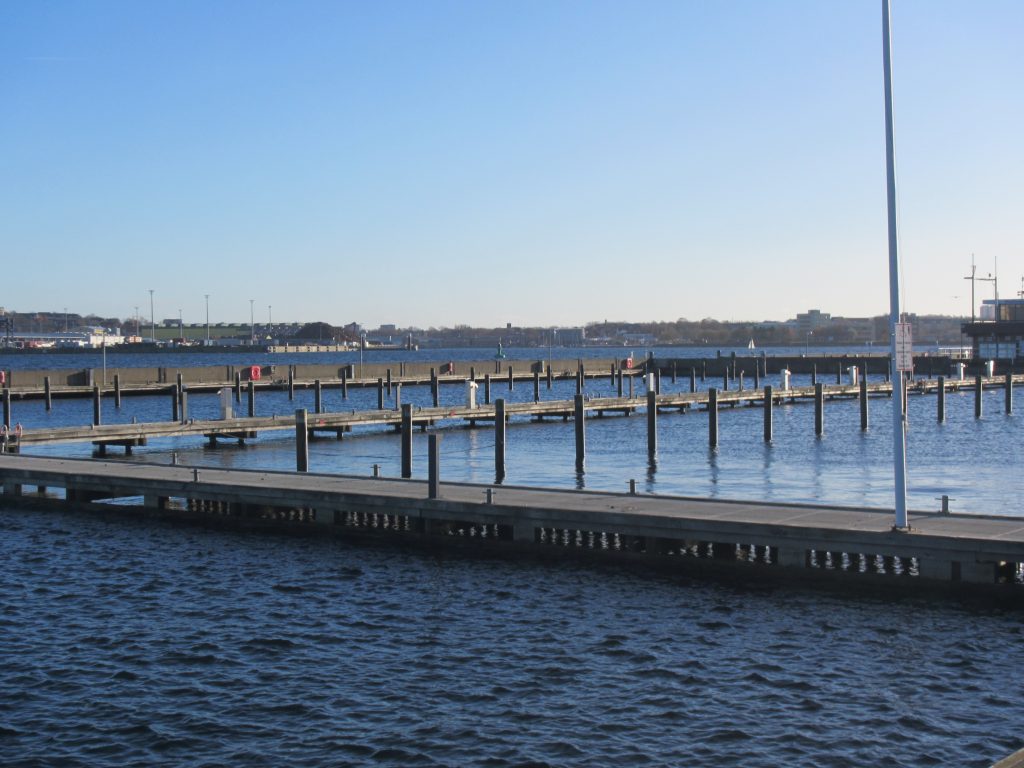
No matter how often I’ve seen it, I still find it absolutely fascinating how the tiniest structures can have a really visible effect on the downwind wave field. Like for example that pier below, leading to the little hut at the end. There is probably a meter and a half between the water surface and the gangway, which is propped up on really thin pylons. Yet, you clearly see that there are visibly fewer waves downwind of the structure. And the hut itself shades a huge area from wind.
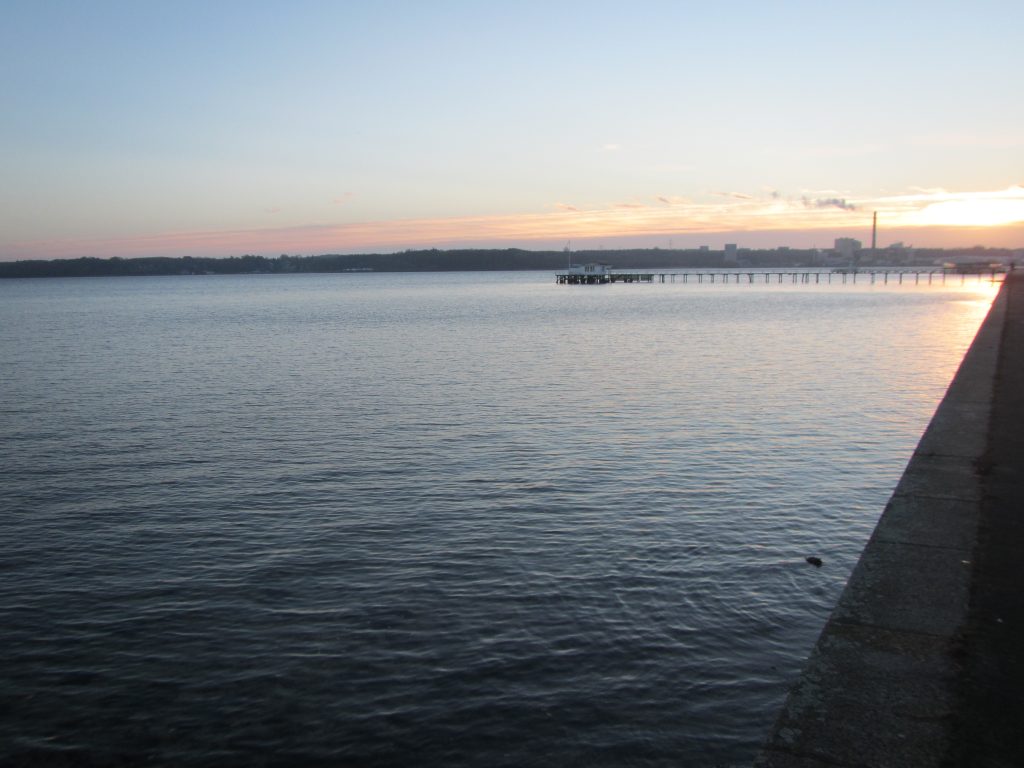
This kind of stuff is so cool to watch! :-)
I recently started looking at waves in “urban environments” (in contrast to “on the sea”) with a new found fascination. The reason why will be revealed soon, but for now just know that there are more waves coming up on this blog!
Today, let’s start by looking at more waves on Store Lungegårdsvannet, like we did before.
Here, you look downwind and see the flat water right in front of you, shaded from the wind by the walls around the lake. And then the further away you look, the larger the waves grow.
Another very funny picture of a similar situation below: See how parts of the lake’s surface reflect the buildings and mountains and clouds really well (since that part of the surface is really flat), whereas other parts are way too choppy and appear a lot greyer on the picture?
Yes, I admit, the purpose of this blog post was not so much to talk about waves as to show you how beautiful Bergen is in May. I miss this city… And my AMAZING Bergen friends!!! <3
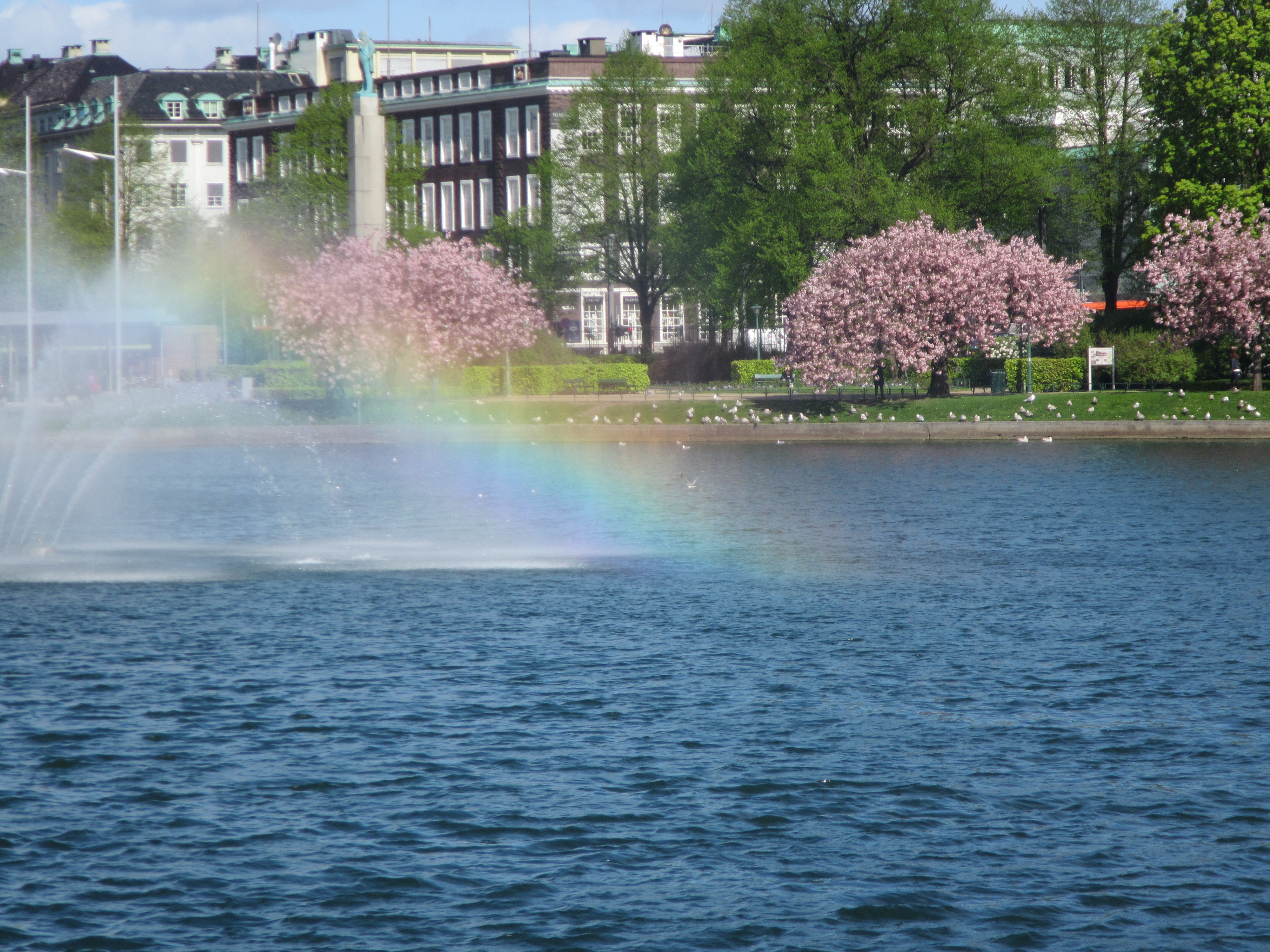
The most awesome thing about being on vacation is that I have the time to stare at water as much as I like.
For example the other day, I walked around Lille Lungegårdsvannet on a windy day.
Looking downwind, one sees a very smooth surface right in front of us, and then waves start developing further away. Looking at the fountain, you see that it is actually pretty windy.
Walking a quarter of the way around the lake, we now look at the fountain at a 90 degree angle to the wind: it is blown over to the right. We now see wave crests traveling and see the shape of the waves much more clearly.
Walking further, we see the waves coming directly towards us; the fountain is also blown in our direction. All of a sudden the water looks a lot more rough. And of course it feels a lot more windy, too, when the wind is coming right towards us and not in our back.
And bonus picture: A rainbow in the fountain when we’ve gone 3/4 of the way around the lake. Beautiful day in a beautiful city!
The other day I was waiting for my friend and her daughter and noticed a weird stripe-y pattern in the distribution of algae. As I kept watching, the pattern started to change.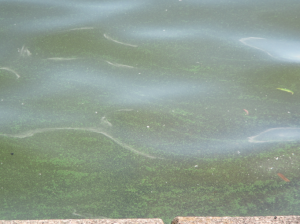 At first I thought that maybe the algae were collecting in nodes of standing waves that were reflected from the sea wall (ok, lake wall) I was sitting on, but this really does not fit with how the pattern developed later, and I have no clue what was going on.
At first I thought that maybe the algae were collecting in nodes of standing waves that were reflected from the sea wall (ok, lake wall) I was sitting on, but this really does not fit with how the pattern developed later, and I have no clue what was going on.
Watch the movie and tell me what you think, please?
Seriously, though. What is going on? I don’t think the pattern is formed by advective processes – you see bubbles and the occasional leave and they don’t move a lot. I noticed that whenever the wind changed, the pattern in the algae also changed, but I didn’t notice a clear rule. And the wave theory only works for the waves coming in in parallel to the wall, I think. Any ideas?
Attempt at mechanistic understanding of Langmuir circulation.
After complaining about how I didn’t have mechanistic understanding of Langmuir circulation recently, and how I was too lazy to do a real literature search on it, my friend Kristin sent me a paper that might shed light on the issue. And it did! So here is what I think I understand (and please feel free to jump in and comment if you have a better explanation).
First, let’s recap what we are talking about. My friend Leela (and it was so nice to have her visit!!!) and I observed this:
Long rows of foam on the surface of the fjord, more or less aligned with the direction of the wind (we couldn’t tell for sure since we were on a moving boat, and since it was a tourist cruise we couldn’t ask them to stand still for a minute to satisfy our oceanographic curiosity). Foam is – and so much makes sense – accumulated in regions of surface convergence.
But let’s see. The explanation that Kristin forwarded me is from the paper “Upper ocean mixing” by J.N. Moum and W.D. Smyth for Academic Press Encyclopedia of Ocean Sciences, 2000. According to my understanding of their paper and others, Langmuir circulation is related to Stokes drift.
Stokes drift is the small current in the direction of wave propagation that is caused by orbital wave motions not being completely closed (even though they are as a first order explanation, and that’s what you always learn when you think about rubber ducks not being laterally moved by waves).
As the wave orbital motions decrease with depth, there is a shear in the Stokes drift, with strongest velocities being found at the surface. At the same time, if there are small disturbances in the wind field, there are small inhomogeneities in the resulting surface current, hence shear that generates vertical vorticity.
The combination of horizontal and vertical vorticity causes counterrotating vortices at the ocean surface. The convergences between two adjacent rows concentrate the wind-driven surface current into a jet at the convergence, hence providing a positive feedback.
Voila: Stokes drift!
We think we observed Langmuir circulation, but we don’t understand the mechanism causing it.
Recently, my friend Leela came to visit Bergen and we went on a fjord cruise to make the most of a sunny October day. We observed foam streaks on the fjord. The structures were long and persistent, and being the oceanographers we are, of course we knew that they had to have been caused by Langmuir circulation.
But then we started wondering about the mechanism driving the Langmuir circulation. Textbook knowledge tells us that Langmuir cells are spiraling rows with convergences (the foamy stripes) and divergences (in between the foamy stripes) at the surface. They are, according to common knowledge, caused by wind that has persistently blown over the surface for more than some 10 hours, and by Ekman processes. Plus there might be some interaction with waves.
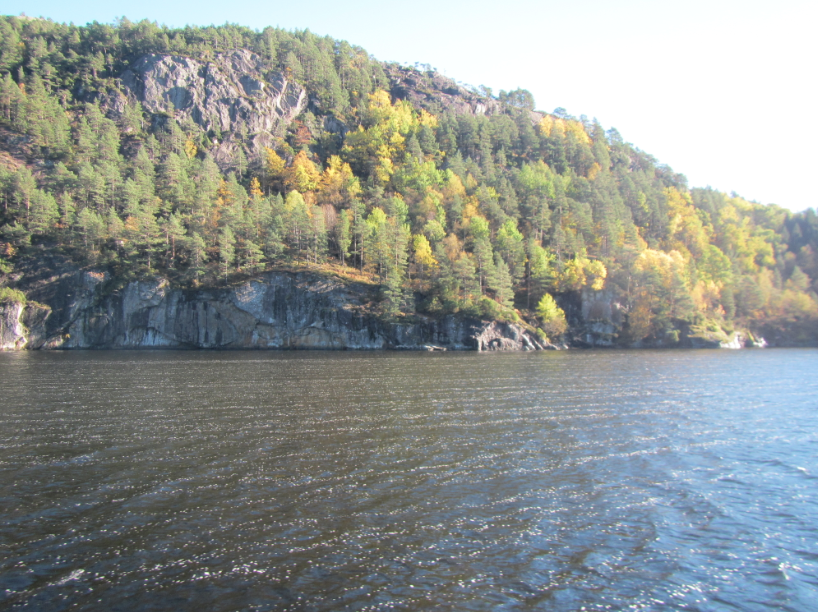
More Langmuir circulation
But that’s about where my knowledge ends, and I have absolutely no mechanistic understanding of Langmuir circulation. Literature research was unsuccessful (at least in the period of time I was willing to spend on this), a quick poll of my colleagues didn’t help, so now I am turning to you, dear readers: Do you have a simple mechanism for me that explains Langmuir circulation? Please help!